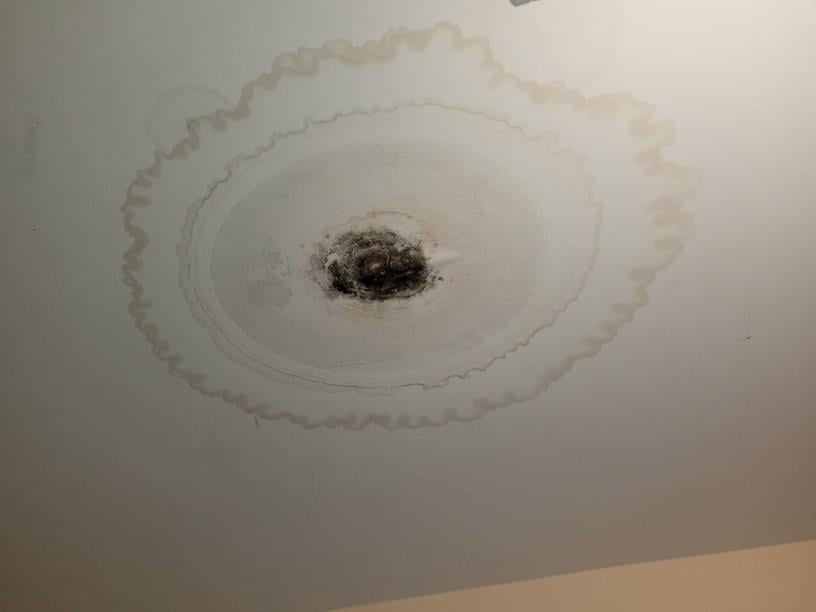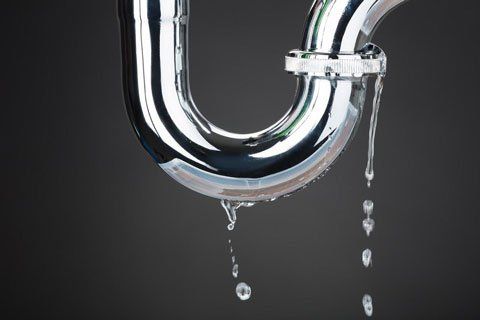Overview To Water Leakage Discovery In Your Home
Overview To Water Leakage Discovery In Your Home
Blog Article
This great article which follows in relation to Top leak detection hacks is definitely motivating. Give it a try and draw your own personal findings.

Early detection of dripping water lines can mitigate a possible disaster. Some tiny water leaks may not be noticeable.
1. Analyze the Water Meter
Every home has a water meter. Checking it is a surefire way that helps you find leaks. For starters, turn off all the water resources. Guarantee nobody will certainly flush, make use of the faucet, shower, run the cleaning maker or dishwasher. From there, most likely to the meter and watch if it will transform. Since nobody is utilizing it, there must be no activities. That indicates a fast-moving leak if it relocates. Furthermore, if you spot no changes, wait an hour or more and also inspect back once more. This indicates you might have a slow leak that could even be underground.
2. Inspect Water Consumption
Examine your water costs and also track your water intake. As the one paying it, you need to see if there are any kind of disparities. If you detect sudden changes, regardless of your consumption being the same, it suggests that you have leakages in your plumbing system. Bear in mind, your water expense ought to fall under the same array every month. An abrupt spike in your costs shows a fast-moving leakage.
A consistent increase every month, also with the exact same practices, reveals you have a sluggish leak that's also slowly escalating. Call a plumber to extensively check your home, especially if you really feel a warm location on your floor with piping below.
3. Do a Food Coloring Test
When it comes to water consumption, 30% comes from bathrooms. If the shade somehow infiltrates your dish throughout that time without flushing, there's a leakage in between the tank as well as bowl.
4. Asses Outside Lines
Don't fail to remember to inspect your exterior water lines as well. Must water permeate out of the link, you have a loosened rubber gasket. One tiny leak can waste tons of water and spike your water expense.
5. Check as well as Examine the Scenario
Home owners need to make it a habit to check under the sink counters and also also inside closets for any kind of bad odor or mold and mildew development. These two red flags show a leakage so punctual interest is needed. Doing routine assessments, even bi-annually, can save you from a significant trouble.
Extra notably, if you understand your house is already old, keep a watchful eye on your heating systems, pipes, pipes etc. Look for discolorations and deteriorating as the majority of home appliances as well as pipes have a life expectancy. They will likewise naturally degrade because of tear as well as put on. Do not wait for it to escalate if you presume leaking water lines in your plumbing system. Call a specialist plumber right away so you do not end up with a dreadful mess in your home.
Early discovery of leaking water lines can minimize a prospective calamity. Some tiny water leakages may not be visible. Examining it is a surefire method that helps you find leakages. One tiny leak can lose loads of water and also spike your water expense.
If you believe dripping water lines in your plumbing system, do not wait for it to rise.
How to Know If Your Home Has a Hidden Leak
Water Meter Reveals Inexplicable Water Usage
If you’d like to test whether or not there’s a leak somewhere in your home, you can do this using your water meter. Here is how to conduct the test:
Don’t use any water in your home for at least 30 minutes; this also means not turning on faucets or water-using appliances.
Go outside, and check your water meter for activity.
If your water meter shows that there was activity, even though no one was using any water, this proves that there is a leak in your home.Visible Mold or Mildew Growth
Leaks behind walls create moist, dark environments that allow mold and mildew to grow and thrive. Eventually, you might see mold growth forming on the wall closest to a hidden leak.
If mold is growing in an area that receives a high amount of moisture, such as a bathroom, it may simply be an indication that better ventilation is needed. However, if you see mold growth on a wall or the ceiling in an area where you would not expect, you probably have a hidden leak.
Musty, Mildew Odor
Sometimes you might not be able to see the mold or mildew that is growing as a result of a leak. However, the smell can give the problem away just as easily. If you catch a whiff of something musty, there’s a good chance that old water is collecting somewhere in your home that you can’t see.
Stained/Warped Walls, Ceilings, or Floors
When your home soaks up water, a variety of red flags can become visible, including ceiling stains, bubbling drywall, warped walls, and sagging floors. While these issues can be caused by excess humidity, they can also be signs that a pipe or plumbing connection has started leaking behind your walls.
Inexplicably High Water Bill
After a while, you get a general sense for what your water bill should be. If you own a pool or sprinkler system, your bill will tend to be higher during summer. However, if you receive a water bill that seems especially high, and you can’t figure out what caused it, then you may have a hidden leak somewhere that’s increasing your bill.
https://www.plumbingjoint.com/blog/2019/july/how-to-know-if-your-home-has-a-hidden-leak/

We are very fascinated with Top leak detection hacks and I'm hoping you enjoyed reading my blog post. Are you aware of somebody who is excited about Locating water leaks? Why not promote it. Thanks for going through it.
Report this page